Polychaete farming as a valuable sustainable opportunity in aquaculture – Worms are a source of food for a great diversity of animals, both vertebrates and invertebrates. Marine worms of commercial interest belong to the phylum Annelida and the class Polychaeta.
The potential use of polychaete worms are as a dietary source of protein, lipid, amino acids, and vitamins for aquaculture species and also used for alternative feeds of fish meal and fish oils, and for sport fishing baits.
Polychaetes is a promising cultivation concept making use of the deposition of organic wastes such as fish faeces and uneaten feed in aquaculture and participate in the recycling and removal of sediment, and in the burial of organic matter in waste waters – and on the other hands using polychaetes as food for fish and large invertebrates.
Polychaete biology
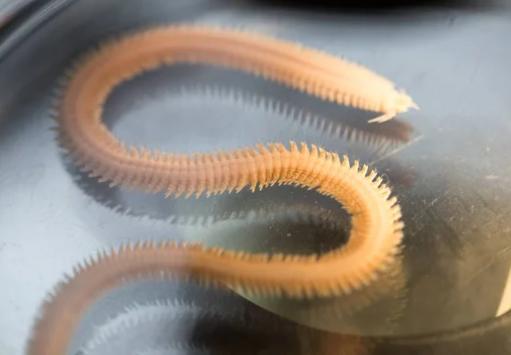
Is paraphyletic class of generally marine annelid worms, polychaetes can be found in a variety of marine environments, from shallow waters to deep sea trenches, and they play important roles in marine ecosystems as both predators and prey. Some species of polychaetes are also used as indicators of environmental health due to their sensitivity to pollution and habitat degradation.
Polychaetes are a large and extremely diverse group. Around 10,000 species have been described. Most are marine. Some, such as featherduster worms, are sedentary, living in tubes buried in sand or mud, and feed by trapping food particles in mucus or by ciliary action. Others, such as the clam worm, are active, mobile predators that capture prey in jaws attached to their pharynges. Still others, such as fireworms, graze on gorgonians and stony corals.
Main characteristic of polychaete
Polychaetes share only a few characteristics. Each has a head, a tail and a segmented body, and typically each body segment has a pair of leg-like parapodia which can function as gills They are characterized by their numerous bristle-like structures called chaetae, which they use for movement and defense.
Reproduction
Polychaetes reproduce for only a few days in conjunction with a particular phase of the moon. The females come out at night, producing their own light which attracts the males. Both sexes then bud-off their butt-end, which in some species will then go on to grow its own head.
Many polychaetes hatch from their eggs into a particular type of planktonic larva, the trochophore, which later metamorphoses into a juvenile annelid. Some polychaetes, however, can reproduce asexually, by budding, where a part of the adult body breaks off and mature into a new individual.
Although most polychates can regenerate lost body parts, while not entirely known, their life span is thought to last anywhere from a month to three years depending on species. This can be dependent on reproductive cycles or the fact that they are slow and cannot escape predation.
The larvae are usually free-living for sometime, using cilia for movement.
The importance of polychaetes in nature
- Due to the high calorific value and rich protein content, both the adult and larvae of polychaetes are the main food supply of many economically important fishes;
- Polychaetes are a natural part of the diet of fish and shrimp in the wild and have strong digestibility traits;
- Polychaetes are important components of trophic webs in sandy beaches, mainly due to their abundance and diversity of feeding modes, acting as detritivores or primary/secondary consumers<,
- The ecological roles polychaete worms play aid the fishing industrybecause they help provide a healthy environment and a food source. The bioturbation that polychaetes do keeps the organic material from collecting bacteria and using up all the oxygen. Also being a food source to over one hundred organisms polychaetes help to provide food for fish and their larva;
- Polychaetes can be used to induce a controlled spawning process within several fish and crustacean species;
- Polychaetes help convert organic debris into carbon dioxide, which is transported to the surface dissolved in water. Marine plant plankton take up the carbon dioxide and through photosynthesis produce sugars, or food, releasing oxygen in the process;
- Polychaeta effectively transforms natural and aquaculture organic wastes into high quality protein and n-3 lipid rich body biomass, which are in high demand.
Polychaetes farming
Is the practice of cultivating and harvesting polychaete worms for various purposes, including bait for fishing, aquaculture feed, and biomedical research. Polychaetes are marine worms that are found in a variety of habitats, including intertidal zones, estuaries, and deep-sea environments. They are known for their ability to regenerate body parts and their role in nutrient cycling in marine ecosystems.
Polychaete farming typically involves collecting wild specimens and then breeding them in captivity to produce a sustainable supply of worms. The worms are typically raised in tanks or ponds with controlled environmental conditions, such as temperature, salinity, and water quality. They are fed a diet of algae or other small organisms.
Best practice for polychaetes farming
The use of live polychaetes for the maturation phase of penaeid shrimp broodstock improves the quality and quantity of shrimp nauplii (shrimp larval; stage) produced. The genera Australonuphis sp. and Perinereis sp. have been used as maturation feeds for shrimp broodstock in America and Asia, respectively, and many studies specifically report the benefits of using the latter in shrimp maturation, especially for Pacific white shrimp (Litopenaeus vannamei) in Asian shrimp farming countries.
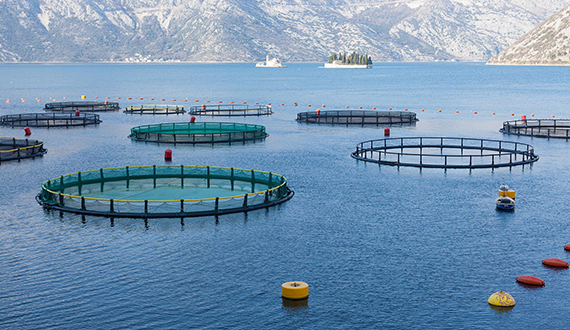
Nereis virens is farmed in Northern Europe (UK, Ireland, Holland, Germany, Denmark) and the North Eastern coasts of the US (Maine) and Canada.
Nereis virens is a scavenger that will eat dead and live animal or plant matter. The ragworm reproduces once in its life and dies after reproduction. An average female can contain over one million eggs, but a record (wild) female was found to contain 7 millions eggs. These polychaetes are mainly used as part of the shrimp maturation diet. Feeding polychaetes to shrimp broodstock is essential for the maturation and spawning. Polychaetes are also used as bait in sport fishing with huge profitable market.
Different solutions are appropriate for suppling farmed polychaetes: they, require the right care and circumstances to keep them in life and in good condition for the right vitality.
Frozen polychaetes still have the properties of fresh polychaetes and are is very easy to store in a freezer.
Dried polychaetes are the solution if a farm has no facilities. They are easy to store and always ready to use.
A specific market requirement of polychaetes is SPF, means Specific Pathogen Free. It is a term that is used for worms that are free of all know (shrimp) pathogens. This is important to ensure the biosecurity chain from farm to customers.
Polychaete farming as a valuable sustainable opportunity in aquaculture

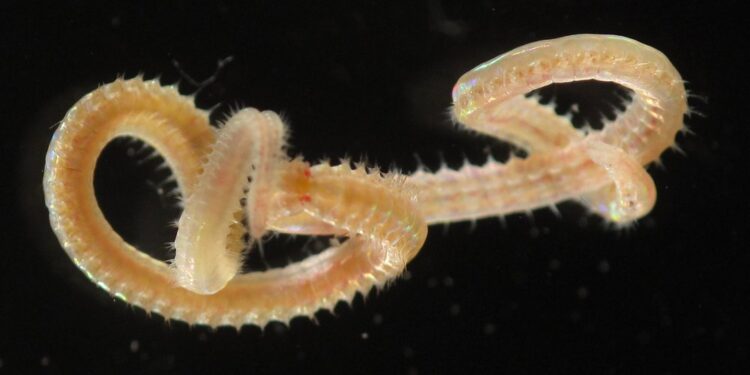
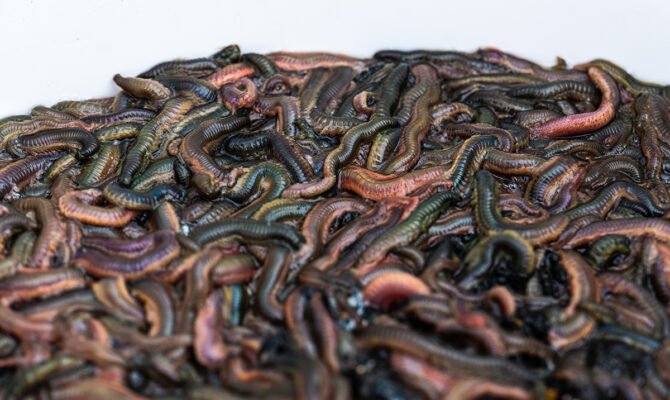


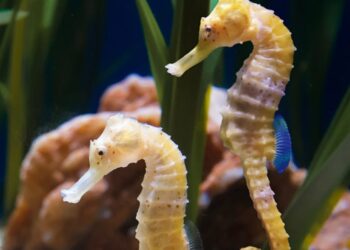
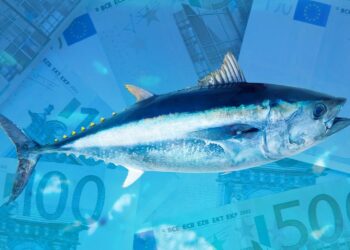


If any vacancies is there mean, just inform me.